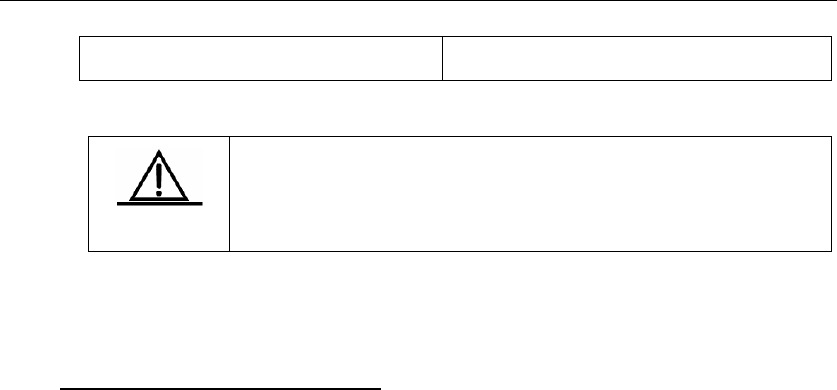
DES-7200 Configuration Guide Chapter 7 DHCPv6 Server Configuration
7-5
Relay-forward (12), Relay-reply (13) NA
Caution
DES-7200 DHCPv6 Server doesn’t support Reconfigure
message. DHCPv4 related contents are detailed in the section of
“DHCP configuration”.
7.1.3 Operating principle
of DHCPv6 Server
The application model of DHCPv6 basically follows the framework of DHCPv4, and is
composed of Server, Client and Relay. The configuration parameters are obtained
through the interaction between Client and Server, while the Relay can transparently
link the Client with Server outside the local link. The message interaction and
parameter maintenance basically follow the practices of DHCPv4, but DHCPv6 has
modified the message structure and flow handling according to the new network.
Comparing with DHCPv4, DHCPv6 has the following features:
1. DHCPv6 adopts a new message structure and has made huge modifications to
the original DHCPv4 message by removing the optional parameters in the header of
DHCPv4 messages and preserving few fields to be used in all interactions. Other
optional fields are all encapsulated in the option field of messages.
2. DHCPv6 adopts the new address parameters. As mentioned above, in DHCPv6,
the address field is deleted from the fixed header of DHCPv4 messages, and the
entire address parameter and relevant time parameter are encapsulated in the IA
option. Each DHCPv6 Client is associated with one IA, and each IA can contain
multiple addresses and relevant time information. The corresponding IA can be
generated in accordance with the type of address, such as IA_NA, IA_TA and IA_PD.
3. DHCPv6 has introduced the new server-side identifier for clients, namely DUID.
4. DHCPv6 supports stateless DHCPv6 auto-configuration. During the
auto-configuration of network nodes, the address configuration is independent from
parameter configuration, and each corresponding configuration can be acquired via
the DHCP approach, that means the network node can acquire other non-address
parameters from the DHCPv6 server. Compared with the allocation scheme of
DHCPv4, this is a critical change.
5. DHCPv6 supports prefix-based allocation. Apart from IPv6 address, network
prefix can also be allocated via DHCPv6.
The basic application model of DHCPv6 is shown in the following figure:


















